Table of Contents
- Introduction: Mojo – More Than Just a Cuban Classic
- What is Mojo Anyway?
- Why Mojo & Pork Are a Match Made in Flavor Heaven
- The Flavor Science Behind Your Mojo Pairings
- 5 Innovative Spice Pairings for Mojo Roasted Pork
- Pro Tips to Perfect Your Mojo Roast
- Visual Comparison: Mojo Rubs vs. Other Marinades
- Conclusion: Let’s Get Mojo-ing!
- Frequently Asked Questions
Introduction: Mojo – More Than Just a Cuban Classic
For home chefs seeking to master global flavor layering, this guide transforms Cuba's iconic marinade into a scientific culinary adventure. Mojo isn't just tradition—it's a precision tool for flavor chemistry. We'll reveal how molecular interactions between citrus acids and pork fat create unforgettable depth, moving beyond basic recipes to deliver restaurant-quality results in your kitchen.
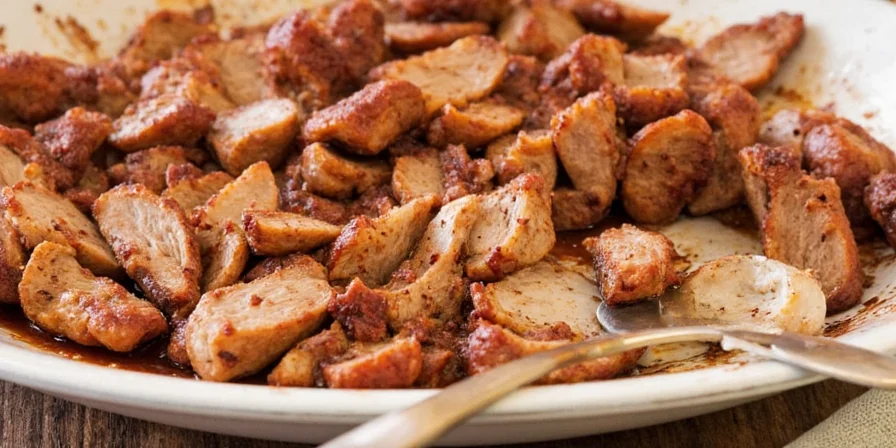
What is Mojo Anyway?
Mojo (pronounced MO-ho) is a sauce or marinade that originated in the Canary Islands but really found its groove in Cuban cuisine. It's traditionally made with orange juice, lime juice, garlic, cumin, oregano, paprika, salt, pepper, and olive oil. But here’s the twist — you can tweak it however your taste buds desire! Mojo isn't just a flavor bomb; it's a flavor playground.
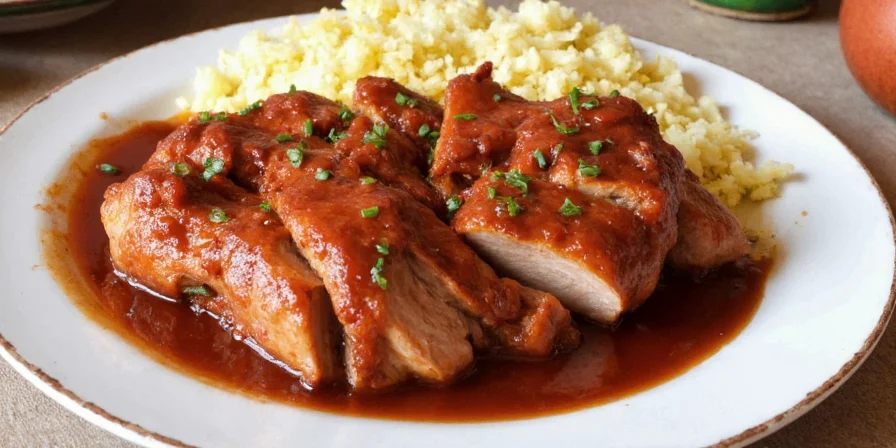
Why Mojo & Pork Are a Match Made in Flavor Heaven
Pork has this magical ability to absorb flavors like a culinary sponge. And when you drench it in a citrus-forward, spice-packed mojo marinade, it transforms into something legendary. Mojo cuts through the richness of pork with bright acidity, while the spices add depth and warmth. It's the ultimate flavor tag team.
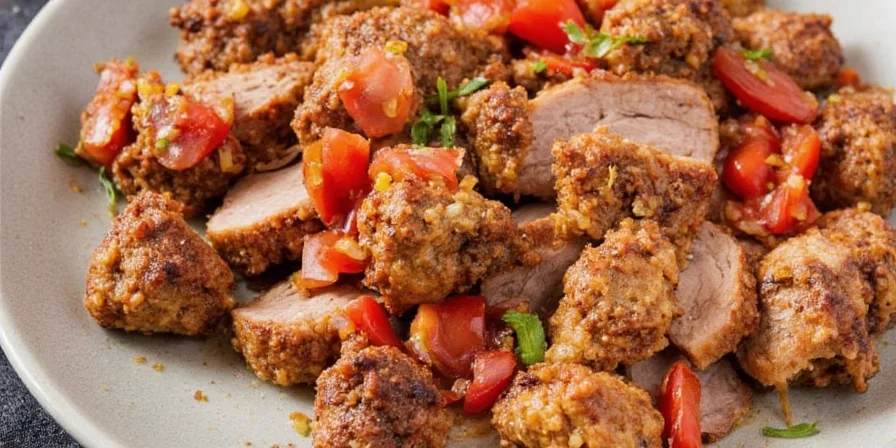
The Flavor Science Behind Your Mojo Pairings
True flavor mastery comes from understanding molecular interactions. Mojo's citrus acids break down myofibrillar proteins in pork, creating channels for fat-soluble compounds like paprika and cumin to penetrate deeply. This isn't random experimentation—it's targeted flavor engineering. Smoked paprika binds to pork fat during slow roasting, releasing complex phenols that traditional rubs miss. Meanwhile, capsaicin from chipotle dissolves in mojo's olive oil base, distributing heat evenly without overwhelming citrus notes. This scientific approach transforms guesswork into repeatable excellence.
5 Innovative Spice Pairings for Mojo Roasted Pork
Let’s spice things up — literally. While classic mojo is already a flavor powerhouse, we’re here to elevate your mojo roasted pork game with these scientifically optimized pairings:
- Smoked Paprika + Mojo: Adds a deep, smoky note that complements slow-roasted pork perfectly through fat-soluble compound binding.
- Chipotle Powder + Mojo: For those who like a little heat with their citrus zest. This combo brings the fire without overpowering the tangy mojo base via oil-soluble capsaicin distribution.
- Citrus Zest Trio (Lemon + Lime + Orange): Amps up the citrus profile and gives the roast an aromatic lift through volatile oil preservation.
- Fennel Seeds + Mojo: Toasted fennel adds a subtle anise flavor that plays well with the sweetness of orange and the earthiness of garlic via stable anethole integration.
- Harissa Paste + Mojo: A North African twist. Harissa adds complexity and a gentle kick that makes the pork feel globally inspired through pre-emulsified spice infusion.
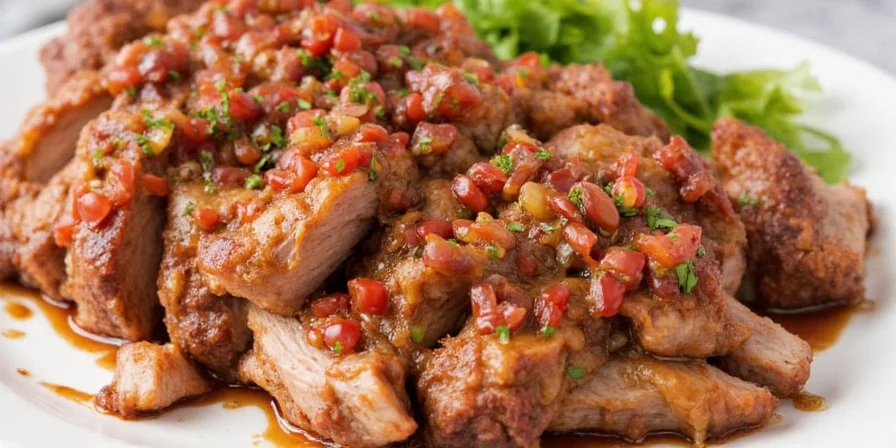
Pro Tips to Perfect Your Mojo Roast
Making the perfect mojo roasted pork isn’t just about throwing spices at meat and hoping for the best. Here are science-backed techniques to ensure your roast is as juicy and flavorful as possible:
- Marinate Overnight: Letting the pork soak in mojo for 8–12 hours allows acid-mediated protein unfolding for maximum flavor penetration without surface mushiness.
- Rub Generously: Don’t be shy with the spices. A thick layer of mojo rub ensures every bite is bursting with flavor through complete surface coverage.
- Low and Slow: Roast your pork at a low temperature (around 300°F / 150°C) for maximum tenderness. Use a meat thermometer — 195°F (90°C) is ideal for fall-apart goodness as collagen fully converts to gelatin.
- Baste Often: During roasting, baste the pork with the juices from the bottom of the pan to maintain moisture equilibrium and flavor concentration.
- Rest Before Slicing: Give your roast 15–20 minutes to rest so the juices redistribute through capillary action. Trust us, patience pays off.
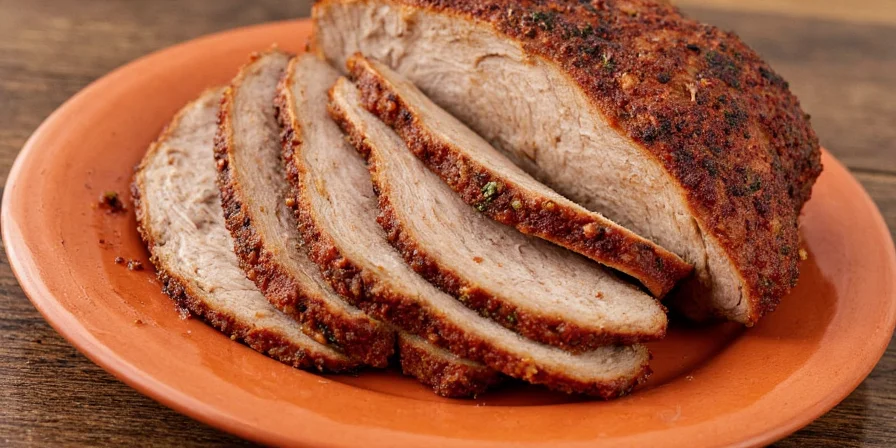
Visual Comparison: Mojo Rubs vs. Other Marinades
Let’s compare how a classic mojo rub stacks up against other popular marinades. Spoiler: Mojo brings the flavor without the fuss.
| Feature | Mojo Rub | BBQ Marinade | Teriyaki Glaze | Tandoori Mix |
|---|---|---|---|---|
| Flavor Profile | Zesty, herbaceous, smoky | Sweet, tangy, smoky | Savory, sweet, umami | Spicy, earthy, aromatic |
| Primary Base | Citrus + Olive Oil | Ketchup + Vinegar | Soy Sauce + Sugar | Yogurt + Spices |
| Preparation Time | Quick (mix & marinate) | Moderate (simmer required) | Quick (glaze last 10 mins) | Time-consuming (marinade 6+ hrs) |
| Best For | Roasting, Grilling | Grilling, Smoking | Stir-frying, Glazing | Oven-baking, Grilling |
Conclusion: Let’s Get Mojo-ing!
Mastering mojo roasted pork means understanding the science behind flavor layering—not just following recipes. By leveraging molecular interactions between citrus, spices, and pork fat, you create depth impossible with standard marinades. Whether you're using smoked paprika for phenolic complexity or harissa for pre-emulsified heat distribution, each pairing follows culinary chemistry principles.
Experiment with confidence, knowing the 'why' behind each technique. The best mojo pork isn't accidental—it's the result of targeted flavor engineering served with rice, beans, and the satisfaction of scientific culinary mastery.
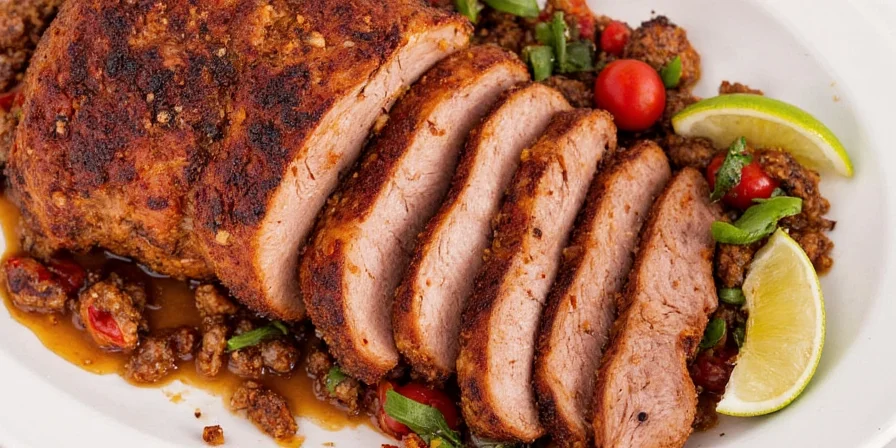
Frequently Asked Questions About Mojo Roasted Pork
How long should I marinate pork for optimal results?
For maximum flavor penetration without texture compromise, marinate for 8–12 hours. This allows citrus acids to unfold proteins gradually, creating channels for spice compounds while preventing surface mushiness that occurs beyond 12 hours.
Can I substitute vinegar for citrus juice in mojo?
While vinegar provides acidity, it lacks citrus oils essential for binding fat-soluble flavor compounds. For authentic results, use fresh orange and lime juice—their volatile oils carry spices deep into pork tissue during roasting, creating layered complexity vinegar cannot replicate.
Why does my mojo pork sometimes turn out dry?
Dryness typically occurs from two issues: marinating beyond 12 hours (citric acid over-tenderizes surface proteins) or roasting above 325°F (163°C). Maintain 300°F (150°C) and use a thermometer—remove at 195°F (90°C) internal temperature for optimal collagen-to-gelatin conversion and moisture retention.

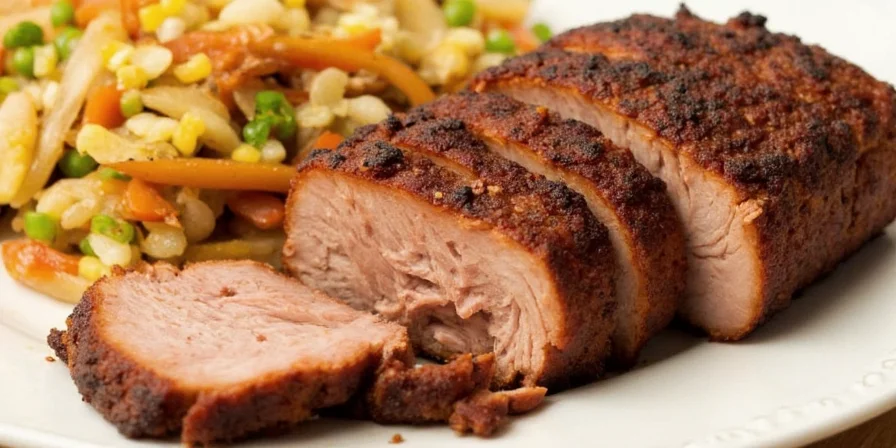









 浙公网安备
33010002000092号
浙公网安备
33010002000092号 浙B2-20120091-4
浙B2-20120091-4